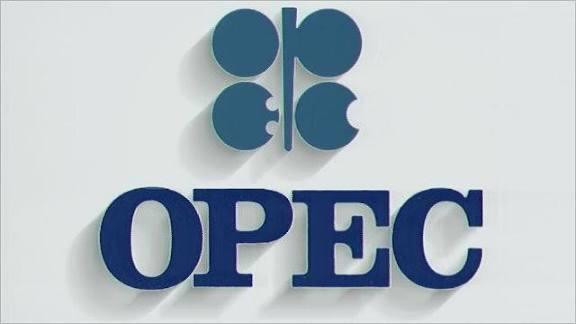The United States’ efforts to restock its Strategic Petroleum Reserve (SPR) helped drive up crude oil prices, which increased by 0.57% to close at $5969. With the intention of buying 3 million barrels of crude oil by March, the U.S. revealed plans to replenish the SPR until May. Despite worries about global economic growth and indications of increasing crude oil output from non-OPEC+ countries, this action helped to contain the losses in oil benchmarks.
During the first quarter of 2024, the Organization of the Petroleum Exporting Countries (OPEC+) and its allies agreed to reduce their combined output by 2.2 million barrels per day (bpd). The effect of the OPEC+ decision was, however, mitigated by worries about subdued global economy, which were emphasized by the most significant deflation of consumer prices in three years in China and contractionary manufacturing PMI data from the U.S.
As a result of high inventories, poor economic data, and a decrease in orders from independent refiners, China’s imports of crude oil fell by 9% in November 2013 over the same month the previous year. Oil production in the U.S. surpassed 13 million barrels per day and remained close to record highs, according to the U.S. Energy Information Administration.
With open interest declining by -11.01% to settle at 13,682, the market showed evidence of short covering on the technical front. With 5826 as a possible challenge, crude oil finds quick support at 5898. A push above 6020 is probably resistance, and a test of 6070 might follow.

